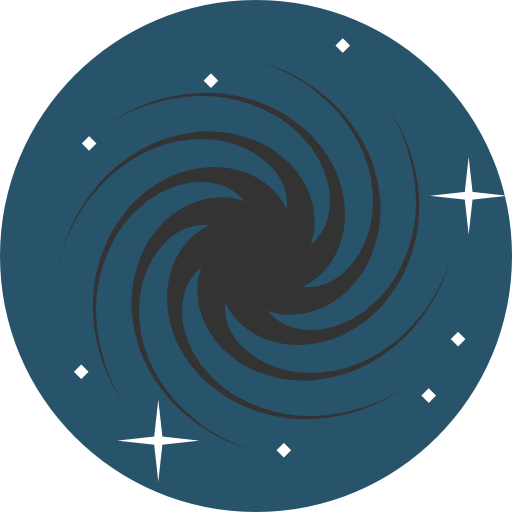 BIA: Black Hole Region Formation
BIA: Black Hole Region Formation
We begin by inverting the source image xr to obtain its latent code hr in the h-space. To strengthen the black hole region for identity unlearning, we sample n neighboring latent codes hj = hr + Δ, where Δ is derived from a random latent code hran scaled within the range [0, αmax].
Each decoded image xj is embedded using ArcFace to extract its identity feature fj. We compute the cosine similarity simr,j between fj and the original identity feature fr. Latent codes with simr,j > thr are considered identity-similar (label = 1), while others are labeled dissimilar (label = 0).
These labeled latent codes are used to train a Support Vector Machine (SVM), which defines a separation direction did and constructs a boundary around hr in latent space. This boundary effectively delineates the black hole region 𝔅h, which absorbs identity-specific information during the unlearning process.

 BIA Framework
BIA Framework
 Identity Absorption and Black Hole Wrapping
Identity Absorption and Black Hole Wrapping
An overview of the proposed Black Hole-Driven Identity Absorption (BIA) framework is illustrated. Starting with a source image xr, we extract its latent code hr in h-space. Using the black hole region formation process, a black hole is formed around hr, attracting neighboring latent codes to absorb identity-specific features. To guide this absorption, a wrapper loss Lwrapper is introduced, encouraging identity-similar points within the black hole to align with non-identical ones, while preserving image quality. Additionally, a semantic loss Lsem ensures that hr and its edited version ĥr retain non-identity attributes. This leads to a generative model that effectively removes identity information while preserving high semantic and visual fidelity.
Qualitative Comparison
For each source image (first row), GUIDE [53], Baseline, and our approach BIA demonstrate identity unlearning within the pre-trained model.


BibTeX
@inproceedings{BIA2025,
author = {Shaheryar, Muhammad and Lee, Jong Taek and Jung, Soon Ki},
title = {Black Hole-Driven Identity Absorbing in Diffusion Models},
booktitle = {CVPR},
year = {2025}
}
Acknowledgement
This website is adapted from LLaVA, licensed under a Creative Commons Attribution-ShareAlike 4.0 International License. We thank the LLaMA team for giving us accessto open-source projects.
